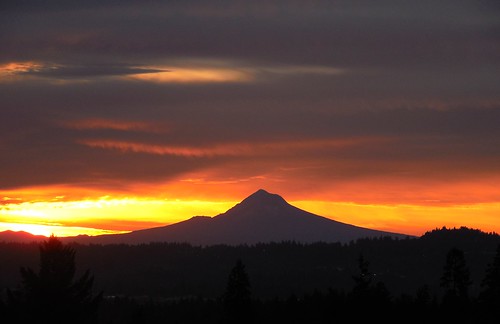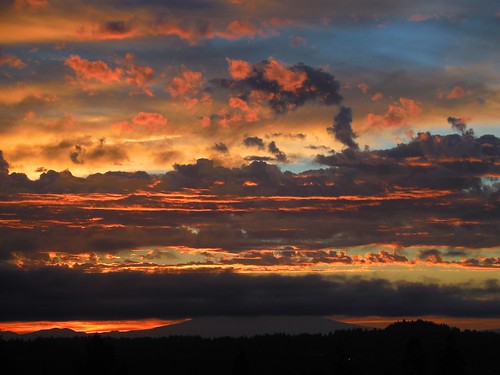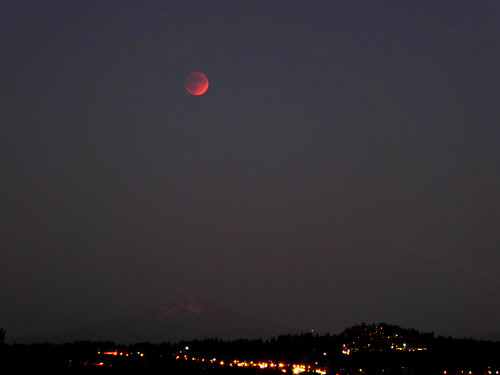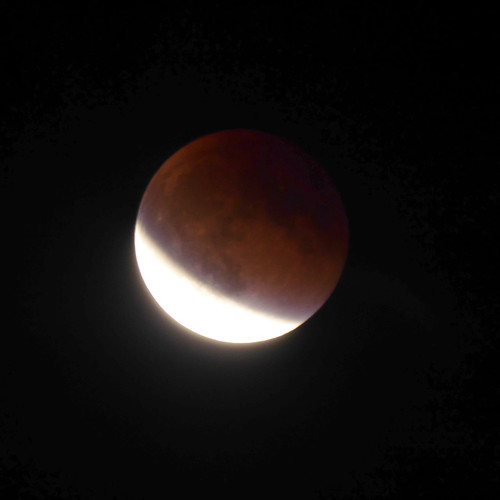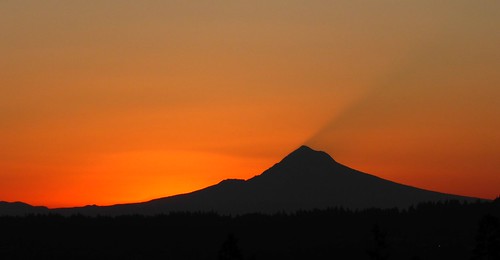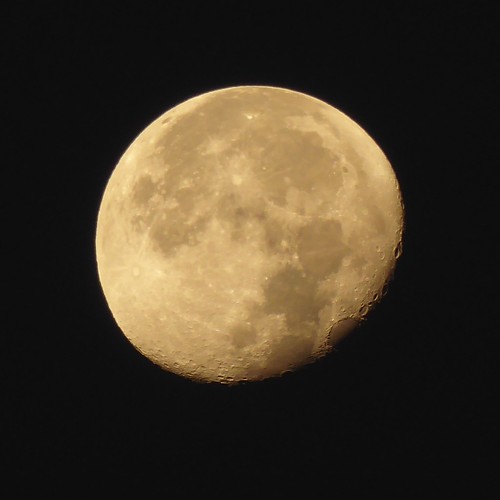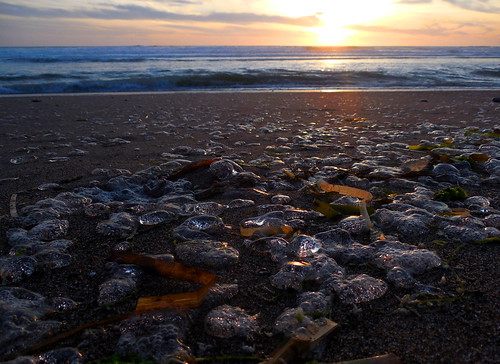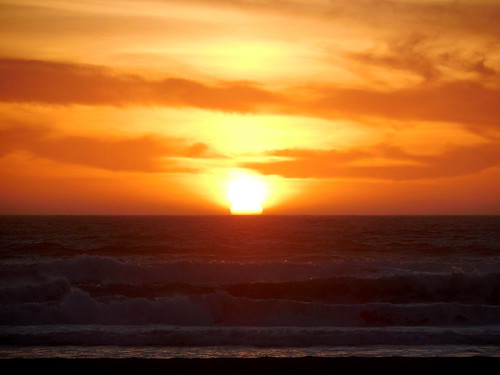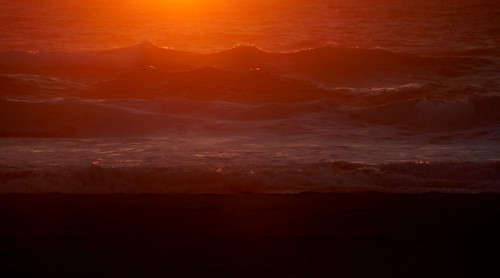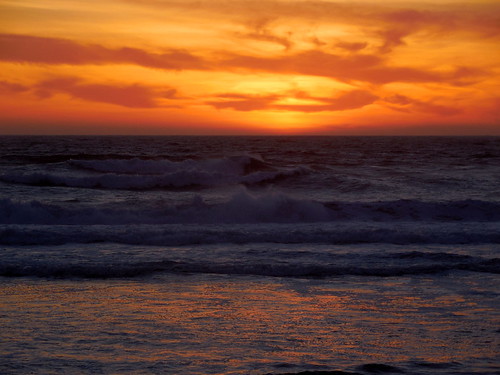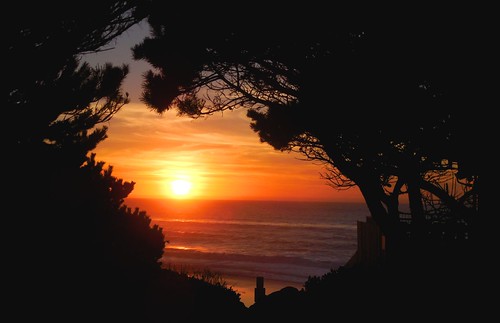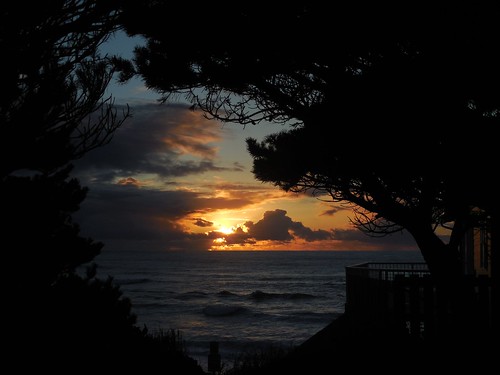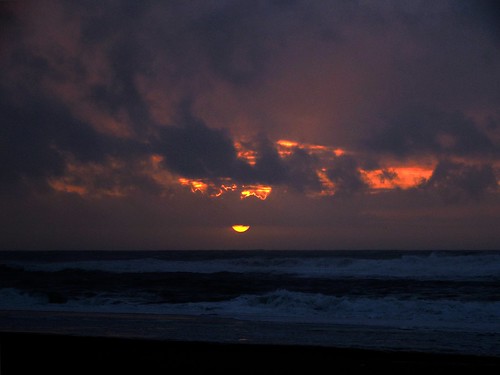Third wave espresso sucks
by Steve, November 25th, 2015There, I said it. (And craft beer sucks, too.)
Now before you get your knickers in a knot, hear me out. I’m not a fan of Folgers or Budweiser.
I had my first espresso circa 1990, when second-wave coffee was pretty well on the way to jumping the shark. Starbucks led the way, selling primarily steamed milk flavored with a variety of syrups and espresso. My first double shot was from Captain Beans on Southeast 12th Ave. in Portland, and quickly grew to prefer it to drip coffee. I’m not a milk drinker, so I never bothered with cappuccinos or lattes. I’ve always preferred it straight up, with no sugar or milk.
In the early 2000s the “third wave” came along, with Portland’s Stumptown setting the tone. I grabbed a double shot at their original Division St. store after a dentist appointment once, and remember how awful it tasted. Not so much bitter as sour. Not the well-balanced flavor I had grown accustomed to. They call it Hair Bender. A balanced shot of espresso should not bend your hair. It should warm your soul.
Now in 2015, I find myself working in downtown Portland, trying to find a decent espresso. All the cool places have that awful sour taste. I braved the self-conciously hip Courier (record player on the bar? seriously?) to try their version of the double shot, and literally threw it away after a single sip. Mugshots: same story. Nasty. Ken’s Artisan Bakery? Same story. Spella? Not quite as bad, but definitely a noticeable sour taste. What’s the deal, I wondered.
One idea I had was that there’s some kind psychology in foodies that requires “good” things to be an acquired taste. Just like beer snobs have acclimated to dramatically over-hopped, unbalanced flavor in their beer, third-wave coffee snobs have convinced themselves that “sour” equals good in espresso.
The other thought I had was that most people drink espresso buried under two or three cups of steamed cow’s milk, and without sour espresso, they wouldn’t be able to differentiate “good” espresso without the sour tones cutting through all the lactose and milk fat.
Today I found a blog post about this flavor trend that explains it a little better. It seems in an effort to preserve the individualized flavor of single-source beans, third-wave roasters lightly roast their beans. Unfortunately (for those of us who prefer balance of umami and bitter), the preserved flavor agents are acids that would otherwise be muted in a darker roast. The result is a very unbalanced, acid-forward flavor. Maybe with a ton of sugar and/or milk this would be pleasant to drink. But that doesn’t sound very foodie, now does it?
It turns out that like beer brewing, it’s hard to improve on the Europe’s espresso tradition. Starbucks, for all their sins (and there are a lot) still makes a damn good shot of espresso.
Yes, you can learn to like bitter and sour things, and then pretend people who don’t like it are Budweiser- and Folgers-loving troglodytes. Or you can appreciate a smooth, rich, balanced thing, perfected over generations, in no need of improvement.
